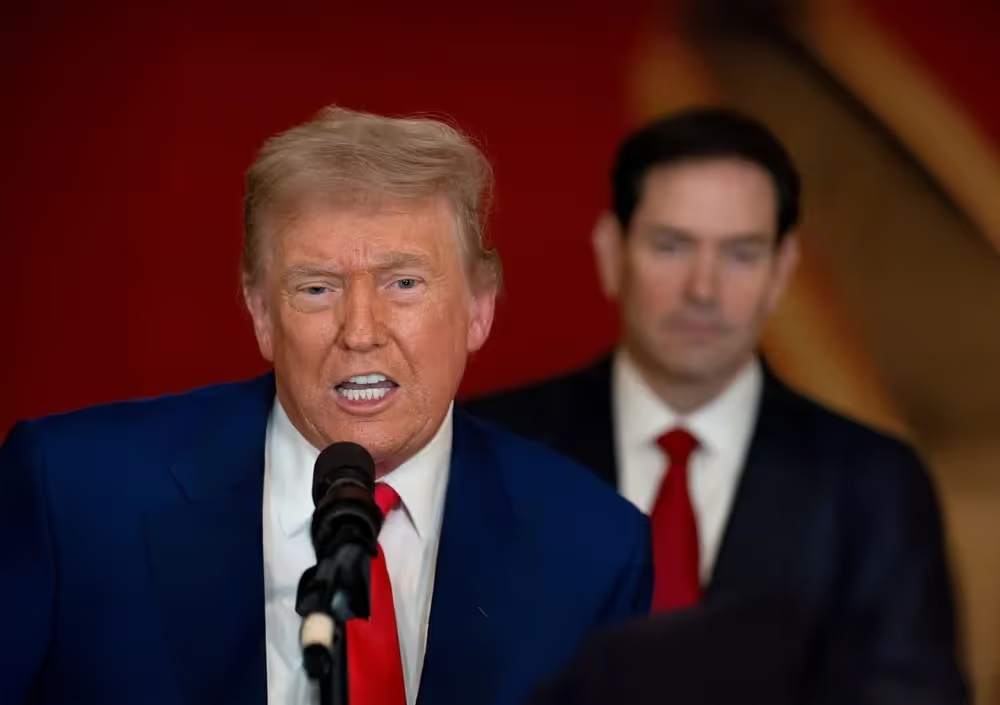
Donald Trump’s War Against Iran
No set of viable constitutional constraints can limit the president's power to wage war.
On June 22, 2025, President Donald Trump executed a U-turn in American policy toward Iran. Previously, Trump engaged in endless negotiations with Iran given the fears that Iran was working continuously toward a usable nuclear weapon, which, once obtained, would dramatically change the balance of power in the Middle East, if not the entire world. Trump went through sixty days of negotiation without success, only for the Israelis to attack Iran on the sixty-first day, with Trump still silent. He then said he would decide within fourteen days whether to respond with force, which was probably a ruse to throw the Iranians off guard. On June 22, the second day of the waiting period, he unilaterally ordered the Air Force to drop a dozen bunker buster bombs on the Iranian Fordow facility, which followed extensive Israeli bombing on a wide range of military targets and was coordinated with cruise missile strikes on other Iranian nuclear sites at Natanz and Isfahan, which also suffered major damage.
On this occasion, I will put aside the long and acrimonious debate over the extent of the damage that these forays caused to Iran’s nuclear program to address a legal question that has divided both parties: whether Trump was properly authorized to use military force in the first place. The Democrats were concerned with the overall stability of the constitutional order and the reduction of Congress to a bit player. Thus Senator Tim Kaine’s War Powers Resolution, which stated:
Congress hereby directs the President to terminate the use of United States Armed Forces for hostilities against the Islamic Republic of Iran or any part of its government or military, unless explicitly authorized by a declaration of war or specific authorization for use of military force against Iran.
The resolution promptly failed 47-53 in the Senate, largely on party lines, with Kentucky’s Rand Paul joining the Democrats and Pennsylvania’s John Fetterman joining the Republicans. Kaine’s resolution was patterned after the War Powers Resolution of 1973, which sought to require the president to answer to Congress when sending troops overseas. It was adopted over Nixon’s veto and has been resisted by presidents of both parties since then.
The presidential resistance to these resolutions does not put an end to the theoretical debate. Recently, Yale international law professor Oona Hathaway wrote in The New York Times that Trump’s decision was unconstitutional for two reasons. First, the Constitution gives Congress the power to “declare war,” which it did not do, even if the president, as commander-in-chief, has the power to execute that command. Second, any declaration of war has to meet the demands of the United Nations Charter, which provides: “All Members shall refrain in their international relations from the threat or use of force against the territorial integrity or political independence of any state, or in any other manner inconsistent with the Purposes of the United Nations.” We can quickly put aside the fantasy that, after the Russian invasion of Ukraine, Russia has a veto power over the U.S. military force in, say, Ukraine.
Hathaway’s constitutional arguments carry more weight, but is it enough? Wholly apart from arguments about changed circumstances, there is an honest debate about what is meant by the two words “declare war.” In 2007, Professor Sai Prakash wrote an article, “Unleashing the Dogs of War: What the Constitution Means by Declare War.” Examining its language, the use of the term “declare” implies that Congress must take at a minimum some visible action at some discrete time, thereby signaling the transition from peace to war. Indeed, Prakash takes the view that “only Congress can decide whether the United States will start a war or wage war against a nation that already has declared war against the United States,” but, contra Prakash this claim cannot mean that the United States could not respond militarily the moment after the Japanese attack on Pearl Harbor.
The better view is that the underlying emergency (not of the tariff variety) allows immediate action, at least until Congress can intervene. But for set pieces, a system of implied powers does not work. For most significant changes in both public and private areas, we like to use formality to mark a transition from one state of the world to another. Thus, it is common that some official ceremony be used, like a deed, to transfer ownership of property from one person to another. But even here, there is a set of background norms (adverse possession and prescriptive easements) that will allow, with the passage of time, a transfer defective in form to take effect to protect the reliance interests of the many parties who thought the transaction had been done correctly.
In this context, it is difficult to see how this backdrop works, as declarations have an immediate effect. Yet Prakash demonstrates that, in historical practice, although Congress had the formal power to declare war, it could also do so in other ways, such as by sending a stern note to a potential belligerent. Such actions could make sense in a unitary government, but under the American presidential system, Congress itself cannot wage war at all. It is dangerous to skip formalities when the questions at hand involve not only external relations with other countries, but also the internal distribution of power at the federal level, which requires a higher degree of formality than for other countries.
Hence, there needs to be some other mechanism apart from declaration to do this. The task here is most difficult because it is hard to square congressional oversight of the war power with the well-known decision of the Supreme Court in United States v. Curtiss-Wright Export Corporation (1936) that took the extreme position that the president is the “sole organ” of the nation in foreign affairs. In an exhaustive study of the issue, Professor John Yoo concluded that the original understanding of the war power was “that the Framers created a framework designed to encourage presidential initiative in war. Congress was given a role in war-making decisions not by the Declare War Clause, but by its power over funding and impeachment.” As a textual matter, this position must be incorrect because it completely removes a powerful check that the Constitution placed on Prakash’s overly ambitious president.
More importantly, perhaps, these twin sanctions are of little benefit in cases like Iran. Impeachment is an exhaustive process, and even the Democrats who supported the Kaine resolution were not eager to stir up that prospect. Congressional appropriations could have had some bite in endless wars, such as the Vietnam War, which was a multi-year saga for which continued appropriations were a strong signal of congressional support. But this war is now christened a twelve-day war because now that the cease-fire has taken hold, Trump wants no further hostilities and certainly no program of democratization or regime change, both of which take time before they fail. Hence, in cases like this, the only constraints on a president are political, and those are of no effect at all because any public discussion of how the war should proceed would doom the attack. Time was always of the essence, for it was well understood before the bombardment that Israel was running low on its missile defenses, so that in any war of attrition the combination of Iranian drones and hypersonic missiles could have forced the Israelis into an untenable position, which is why the two-week window that Trump announced lasted just two days—just long enough to get the program organized.
In light of these events, there is, unfortunately, a built-in obsolescence to the constitutional structure, given that the rapid movement of events makes this two-stage process questionable. Note that the Kaine resolution talks about either a declaration of war or an authorization of military force. The declaration of war has not been used since 1942, when applied to Bulgaria, Hungary and Romania, when there were no diplomatic niceties that militated against that declaration against the Nazi allies. However, since that time, the United States has entered into military engagements in numerous locations. In 1996, when Yoo wrote his article, he could mention Lebanon, Grenada, the Persian Gulf, Panama, Kuwait, Somalia, Haiti, and Bosnia. Since then, there have been Libya, Iraq, and, of course, Iran. And in none of these cases was a war declared by any party.
Why? Part of the reason is that a declaration of war is more than a two-party affair because of entangling alliances. At the recent NATO meeting, Trump reiterated his support for Article 5, which obligates each member of NATO to come to the aid of any other member who has been attacked. Yet no one invoked that in connection with Iran, where the back-and-forth nature of relations before the bombs were dropped made it difficult to apply, especially to a war that lasted twelve days but has antecedents back to 1980.
And there is no real doctrinal solution. The “authorization of military force” language that dates back to 9/11 is arguably no fix as well, for the simple reason that Congress does not declare war on anyone but only gives the president the power to pick out an opponent, which need not be a nation, such as Al-Qaeda, a rogue group with no national status, and thus shifts power downstream in ways that don’t work. The Supreme Court will not get involved in this interbranch tussle, so how should it be resolved? In my view, it is back to the rules on prescription, where long use shifts property rights. In this instance, a practice that has been ongoing for over eighty years and counting establishes a new norm, which has survived because, given its multiple iterations, it has withstood the test of time.
Nor should anyone think that this form is invoked on an opportunistic basis in this case, and none other, for the opposite is true: Trump is on the wrong side of the prescriptive constitutional debate when he attacks the independent agencies on strictly originalist grounds. In case after case, as with judicial review, the Electoral College, the power of immigration, citizenship for corporations, and more, it is this principle that splits the difference between rigid originalism on one side and a flabby living constitution on the other. The deviations from the text cannot be introduced at this moment, as they must correct defects in the basic system. The decline of congressional constraints on the war power fits both bills, and no one should alter a flawed system if all the alternatives are worse.
Richard A. Epstein is a senior research fellow at the Civitas Institute. He is also the inaugural Laurence A. Tisch Professor of Law at NYU School of Law, where he serves as a Director of the Classical Liberal Institute, which he helped found in 2013. Epstein is also the James Parker Hall Distinguished Service Professor of Law Emeritus and a senior lecturer at the University of Chicago.
Constitutionalism
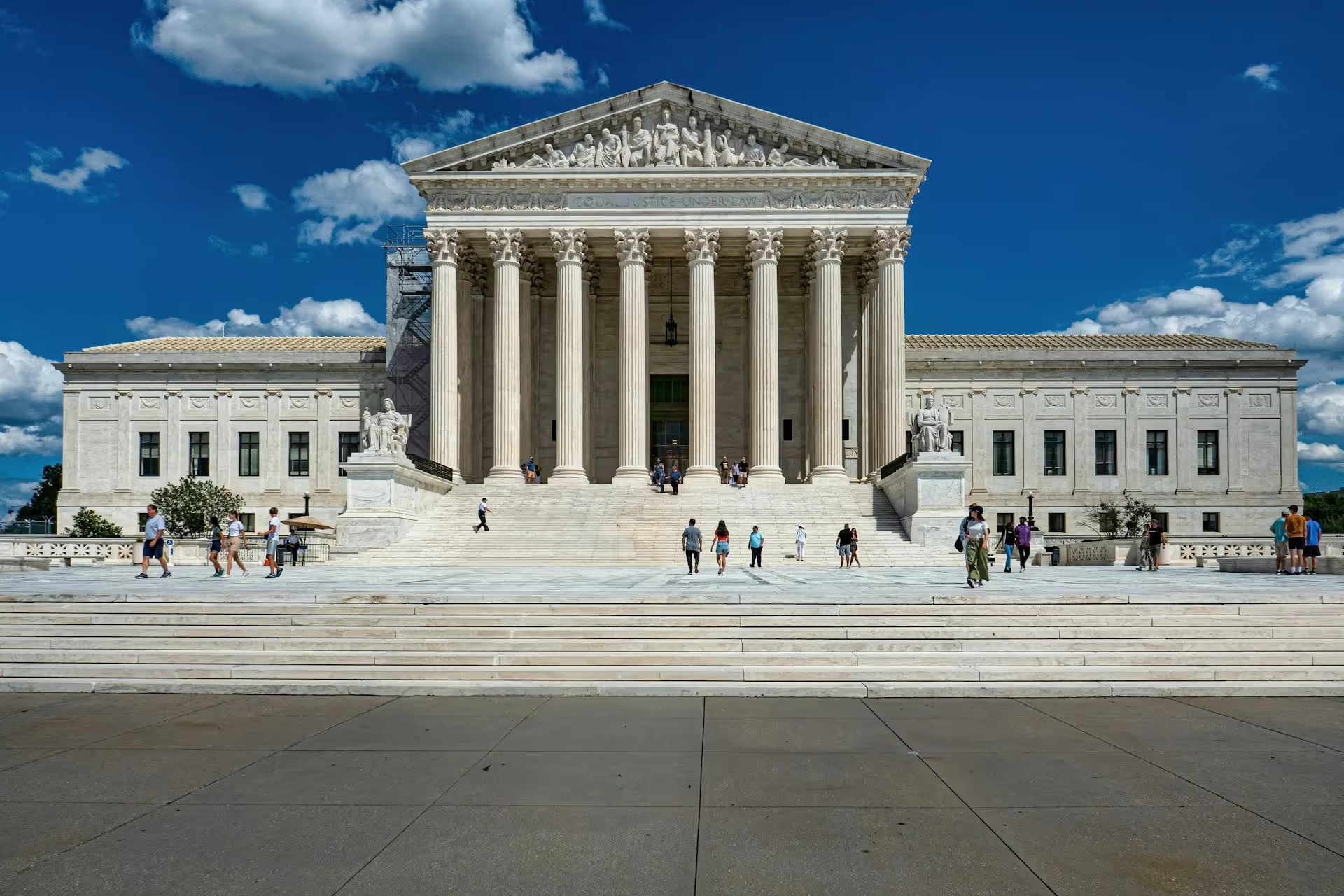
Amicus Brief: Hon. William P. Barr and Hon. Michael B. Mukasey in Support of Petitioners
Former AGs Barr and Mukasey Cite Civitas in a SCOTUS Brief

Rational Judicial Review: Constitutions as Power-sharing Agreements, Secession, and the Problem of Dred Scott
Judicial review and originalism serve as valuable commitment mechanisms to enforce future compliance with a political bargain.
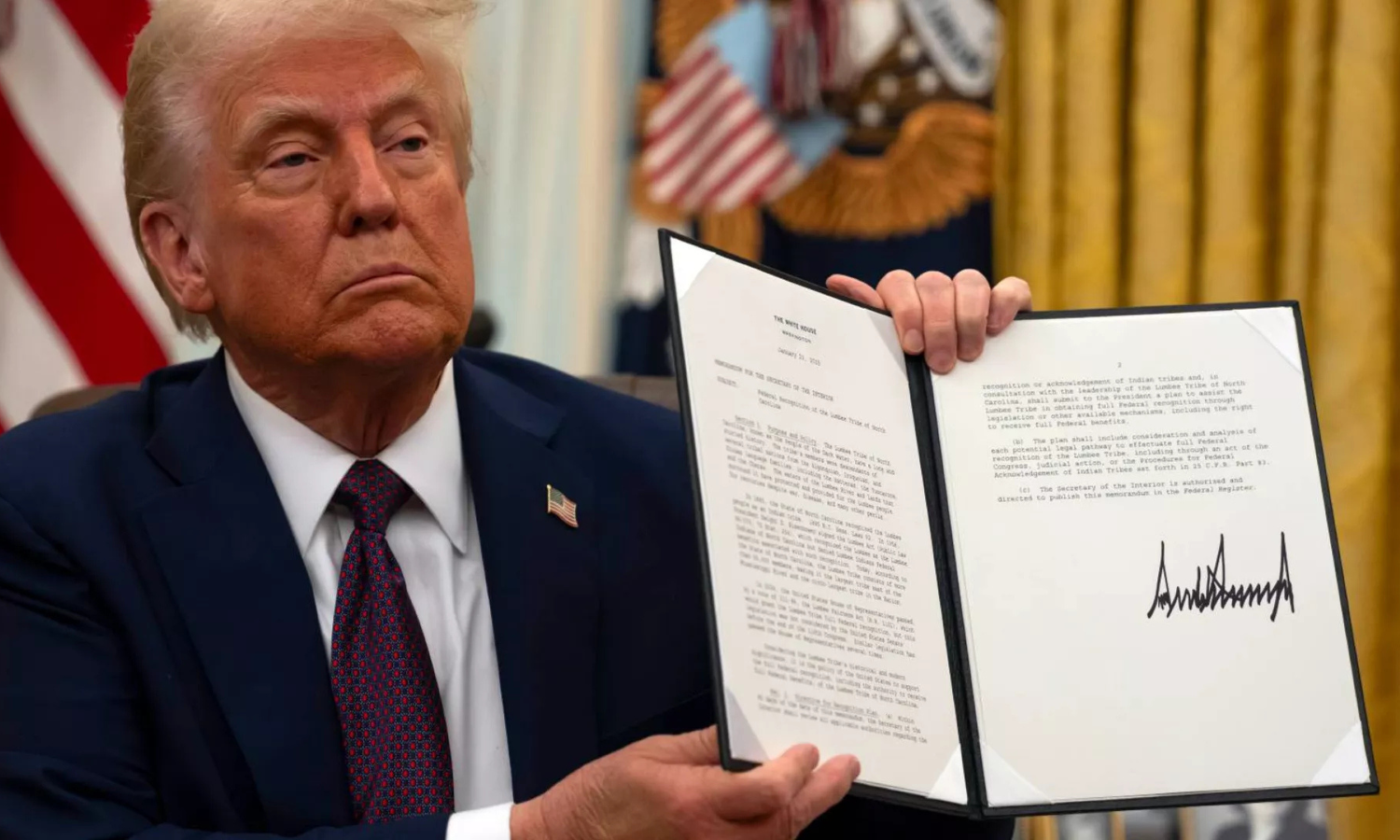
Supreme Court showdown exposes shaky case against birthright citizenship
Supreme Court will hear challenges to Trump's order ending birthright citizenship, testing the 14th Amendment's guarantee for babies born in America.

Congress, the President, and the Drug Boats
Lethargy in the legislature is no way to counter the executive's excess energy.

Just Follow the Law
By definition, no one can lawfully disobey the law. The problem, though, is that it can be difficult to know what the law requires, even for legal experts.
.avif)

.avif)

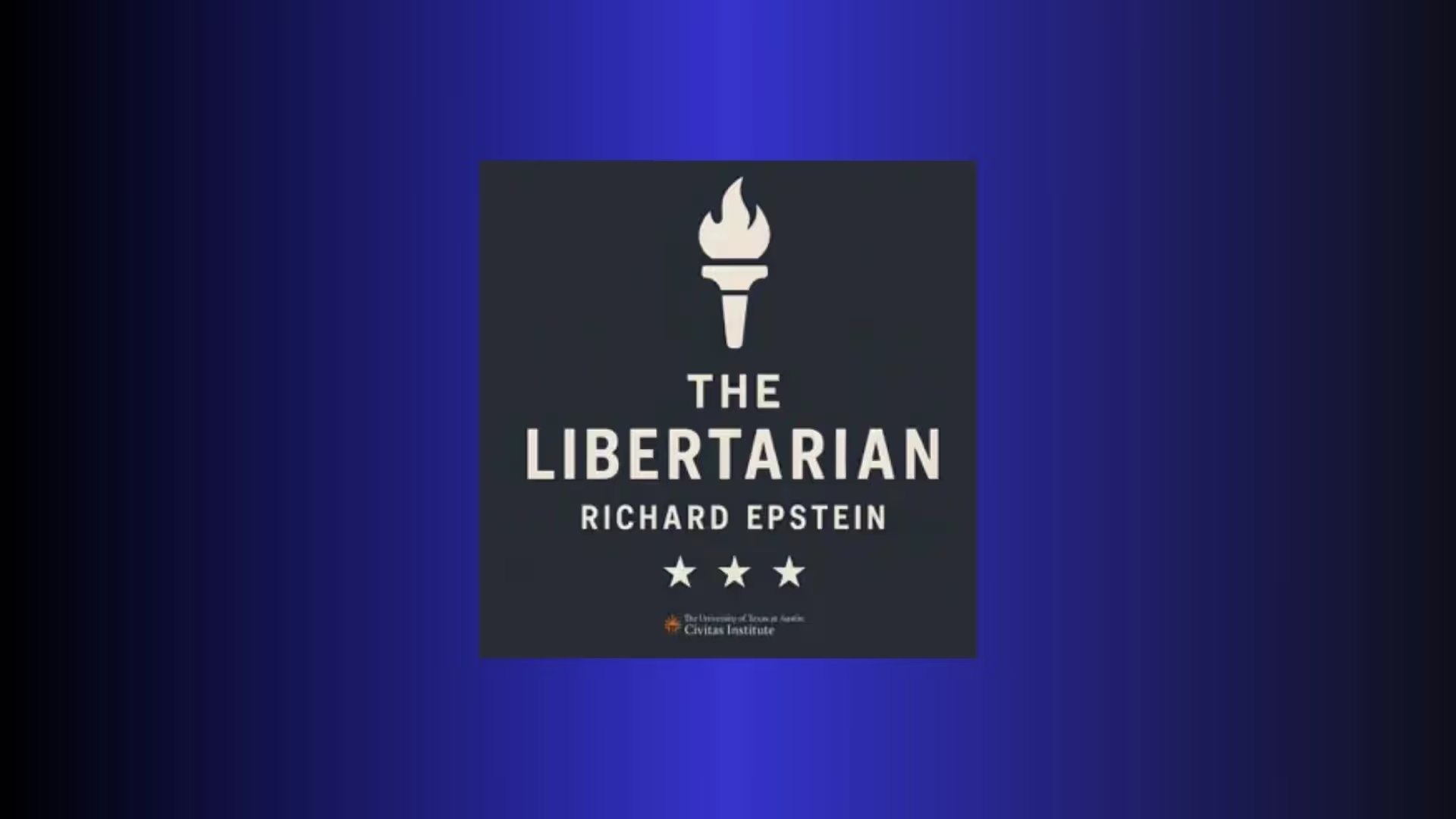
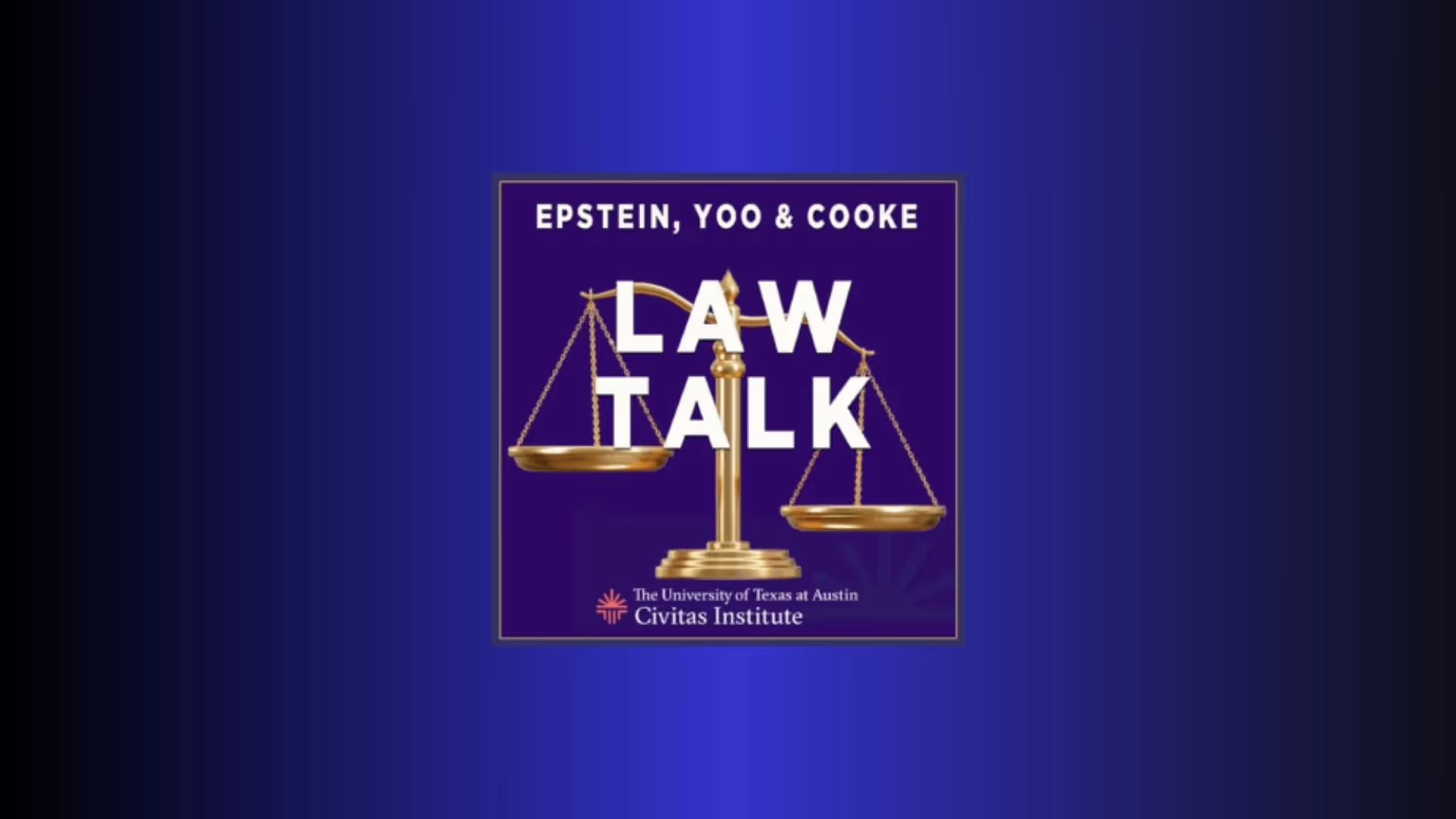




.avif)
.avif)



.webp)

